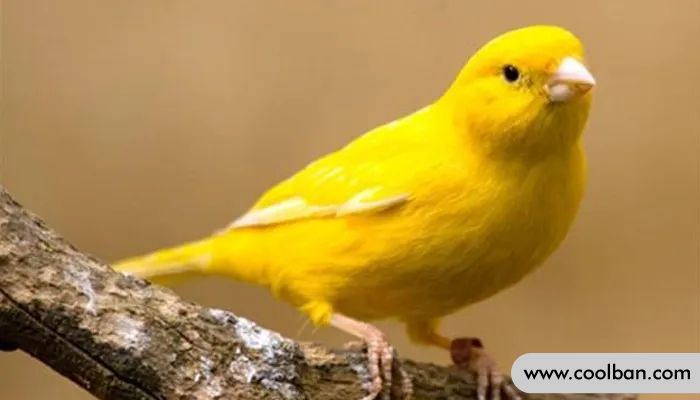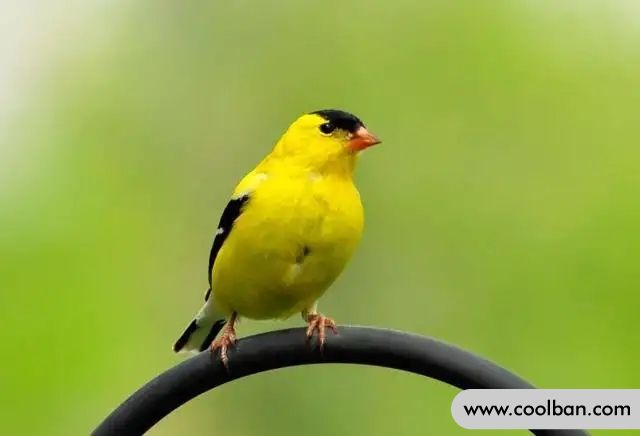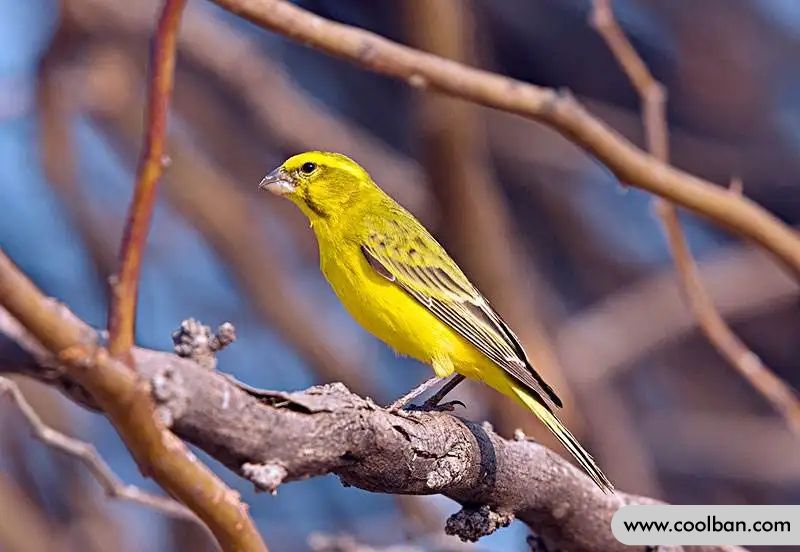Feeding environment for canaries
The beautiful and varied plumage color and melodious call of the canary are listed as one of the noble captive ornamental birds. There is a marked difference in plumage color between wild and caged canaries. Canaries are grain-eating birds in the family of finches. Canary, Medina, and Aisulitz off the northwest coast of Africa have 24 native varieties.

Morphological characteristics of canaries
The ideal body length for an adult canary should be 13 cm or so. Wild canaries have different plumage colors than pet canaries. Wild canaries are usually green or olive in color, and pet canaries are usually bright yellow. There are more colors of canaries, of course these two colors are more typical.
Canaries have plumage colors of yellow, white, red, green and beige. There are many yellow canaries. The most valuable are white canaries with flesh-colored mouths and legs, followed by canaries with white feathers and red eyes. Young birds that have just emerged from the nest have the same plumage color, making it difficult to identify males and females. After 2 to 3 months, the male buttocks are conical and protruding, and the female buttocks are flattened and oval. When identifying, catch the bird with your hand and blow the feathers around the anus to make it easier to see clearly. Judging from the appearance of adult birds, the male bird is larger in size, with a longer tail, a rounder head and darker head and body feathers; the female bird has a smaller body, a shorter tail, a pointed head, and feathers on the head and body. deeper. In addition, when chirping, the throat bulges up and down, and the sound is continuous. It is the male bird that is beautiful and beautiful; the singing of the female bird is monotonous.

Breeding environment for canaries
Canaries love a clean environment, so cleanup is a daily job for the breeder. In order to facilitate feeding, a simple and safe layout should be considered when arranging the environment. When raising at home, the cage must be wide, preferably a special canary cage. Because exercising the canary in a wide cage is very beneficial for enhancing its disease resistance.
The canary is highly adaptable and can survive as long as it is kept at a relatively stable temperature for a long time. Some breeders believe that canaries must be at 10-25 degrees to survive properly, which is terribly wrong. Experiments in recent years have shown that canaries can survive in environments ranging from minus 5 degrees to plus 35 degrees when the temperature difference does not exceed 10 degrees. You can often see canaries chirping to the snowflakes hanging outside the window. Canaries are most afraid of sudden temperature changes rather than sustained low temperatures. Of course, the breeding temperature of canaries should be between 15 degrees and 25 degrees above zero, the temperature should be relatively stable, and the daily temperature difference should not exceed 5 degrees.
Canaries love to bathe in water. You should bathe in water once a day in summer and once a week in lukewarm water in winter. After bathing, the feathers should be dry before moving outside to avoid catching a cold. Common diseases of canaries are intestinal diseases and respiratory diseases, which are mostly caused by unclean drinking water and food, or sudden changes in the feeding environment. Often, it can be avoided entirely by taking precautions. In spring, autumn and winter, there must be a certain amount of light. Because light can excite the nerves of canaries, increase appetite, and under the action of sunlight, it can promote the growth of bones and the formation of eggshells. In short, raising a canary is not difficult, as long as you have love, you can raise it well.

Feeding points for canaries
The canary's diet is relatively mixed, mainly based on whole grains. Growing up in a good environment, they can live up to 15 years or even longer. Their lifespan is comparable to that of pet dogs.
A canary's diet is complex, and when to feed which feed is appropriate depends on its nutritional needs at the time. The main nutrients that birds need are: protein, carbohydrates, fats, vitamins, minerals, etc. These nutrients are generally present in the daily feed that canaries like to eat. However, during moulting and breeding seasons, minerals and vitamins should be supplied separately.
The daily diet of canaries is generally cereals, pasta, a small amount of oil crops and vegetables. Grains include: millet, tares, millet, etc. Oil crops include: Suzi, rapeseed, peanut, walnut, etc. These oil crops are usually not fed and only moderately supplied during chicks, moulting and estrus, which is beneficial for bird reproduction. Canaries also like to eat bitter gourd, which can not only prevent diarrhea, but also provide vitamins. If conditions permit, they can be dried and stored in summer and autumn, and used in winter.
